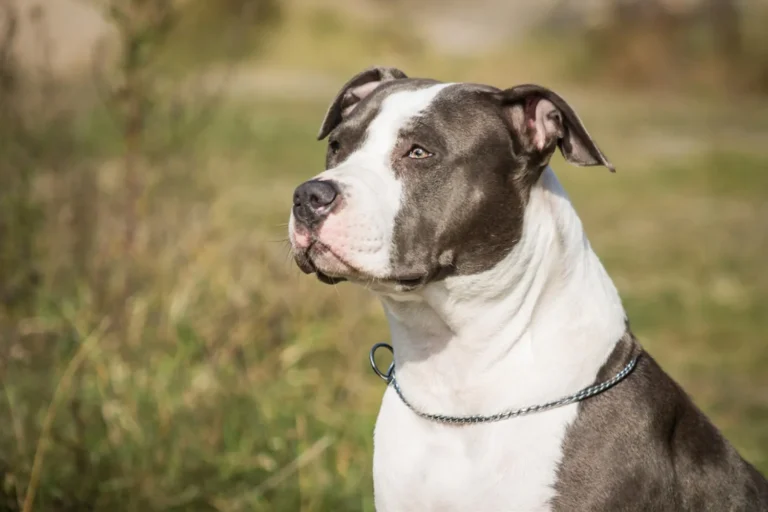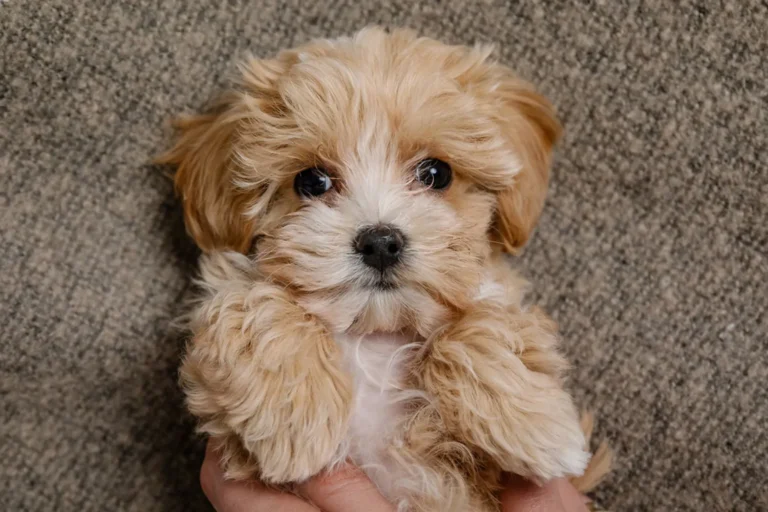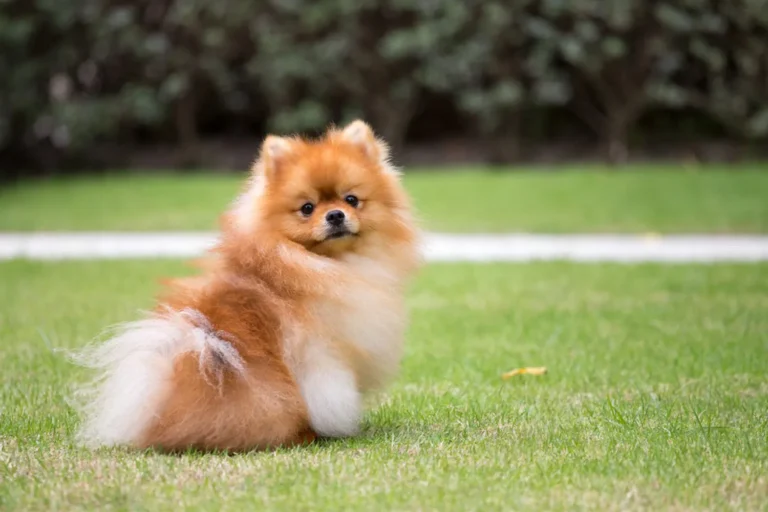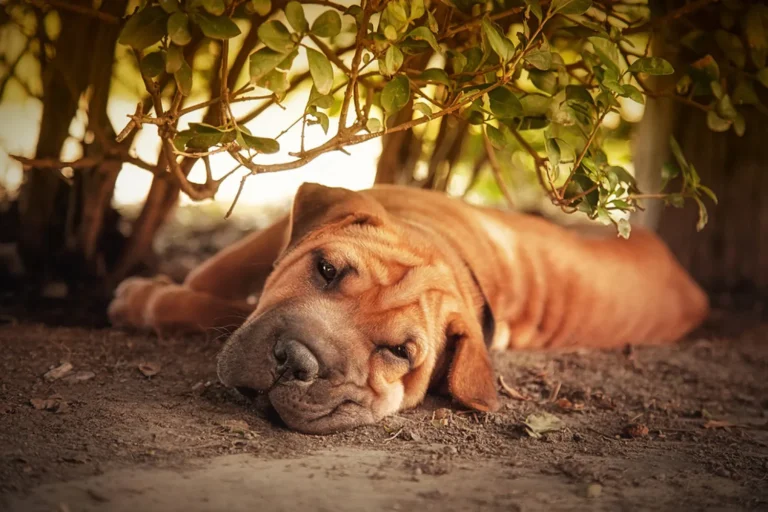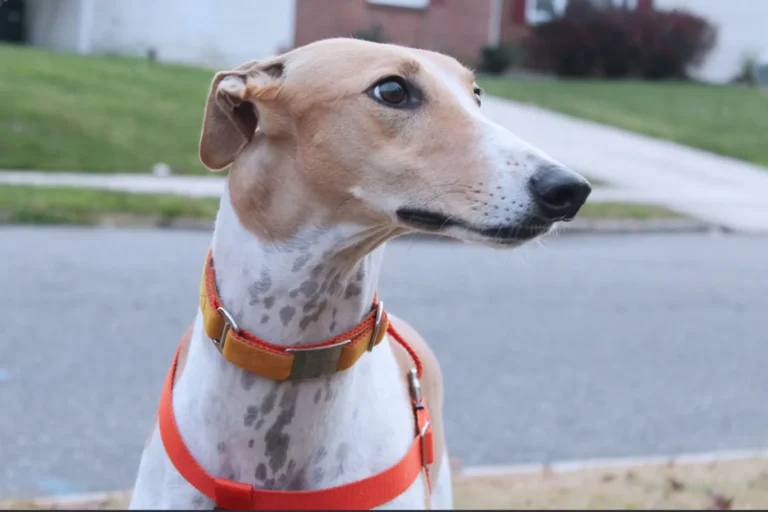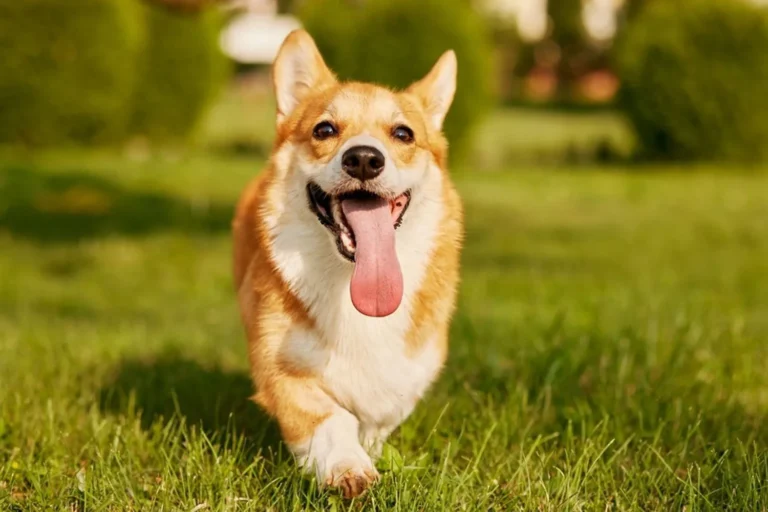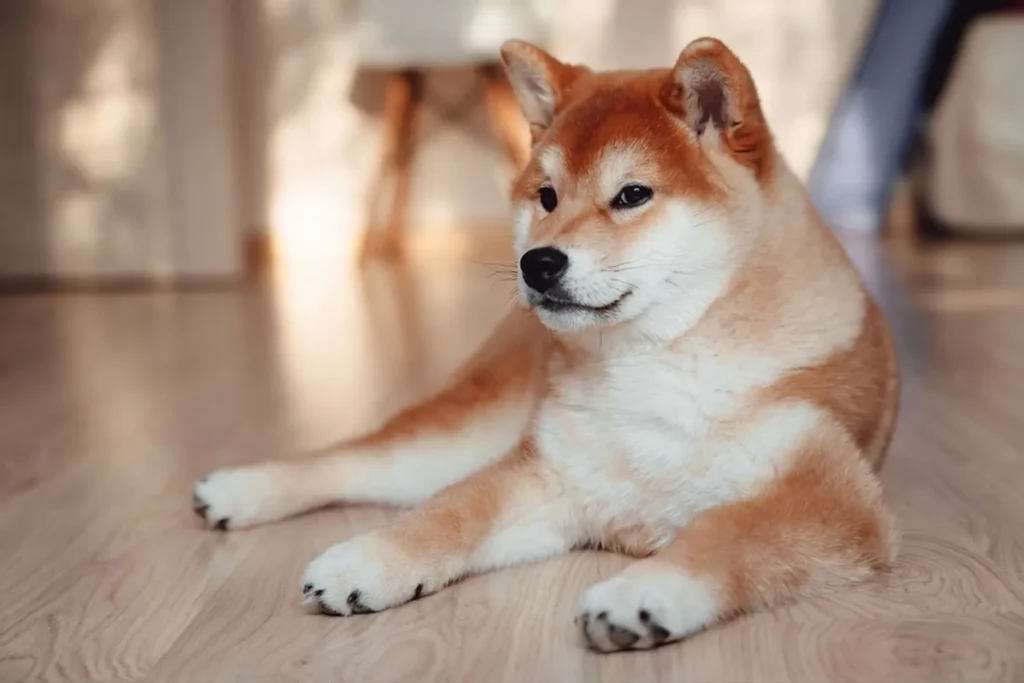
If you’re up on your memes, you’ll spot a Shiba Inu from a mile away the foxy grin, perky ears, and that curly tail are hard to miss. I remember the first time my neighbor’s Shiba trotted down the sidewalk; even people who swore they weren’t “dog people” whispered, “Is that the meme dog?” and reached for their phones.
Beyond internet fame, Shibas can be wonderful family companions for folks who have the time and patience to invest in them. They’re smart and a bit independent, so consistent, positive training is the secret sauce. I learned quickly that making cooperation fun short, upbeat sessions with tasty rewards beats trying to out stubborn a Shiba every time. Daily exercise and mental games (think puzzle toys or hide and seek with treats) keep that sharp little mind happy. They’re affectionate on their own terms, almost cat like, and they do best when you shower them with love and attention without smothering. A good brush goes a long way, too. If you can offer structure, kindness, and plenty of engagement, a Shiba Inu will repay you with a loyal, lively presence that brightens the whole house.
History and Origins of the Shiba Inu
Picture a small, foxlike dog weaving through dense brush on a misty Japanese hillside that’s the Shiba Inu doing exactly what it was born to do. Evidence of the breed goes back to the third century BC, making it one of the oldest domestic dogs. In its early days, the Shiba was a hunter’s partner, prized for flushing small game like birds and rabbits out of thickets. Their quick turns, keen noses, and sharp eyes weren’t just charming traits; they were tools of the trade.
The Shiba’s survival story is just as remarkable as its age. After World War II, the breed nearly vanished. A handful of dedicated breeders in Japan gathered what remained and rebuilt the Shiba from three regional strains. You’ll sometimes hear them described as the Shinshu, Mino, and San’in types each bringing its own look and personality to the mix. The Shiba we know today is a careful blend of those lines, balanced and resilient, with that unmistakable confident spark in the eyes.
I remember watching my neighbor’s Shiba freeze mid walk, laser focused on a rustle in the hedge. One beat, then another poof! A bird burst out and my coffee nearly went with it. That little moment says so much about their heritage. If you bring a Shiba home, honor those instincts with scent games, hide and seek with treats, and brisk walks that let them explore. Keep recall practice fun and frequent, and use a secure leash or fenced yard once a Shiba decides to follow a scent, their ancient hunting brain can outrun your best whistle. Living with one is like sharing your couch with a tiny, dignified time traveler and it’s pretty wonderful.
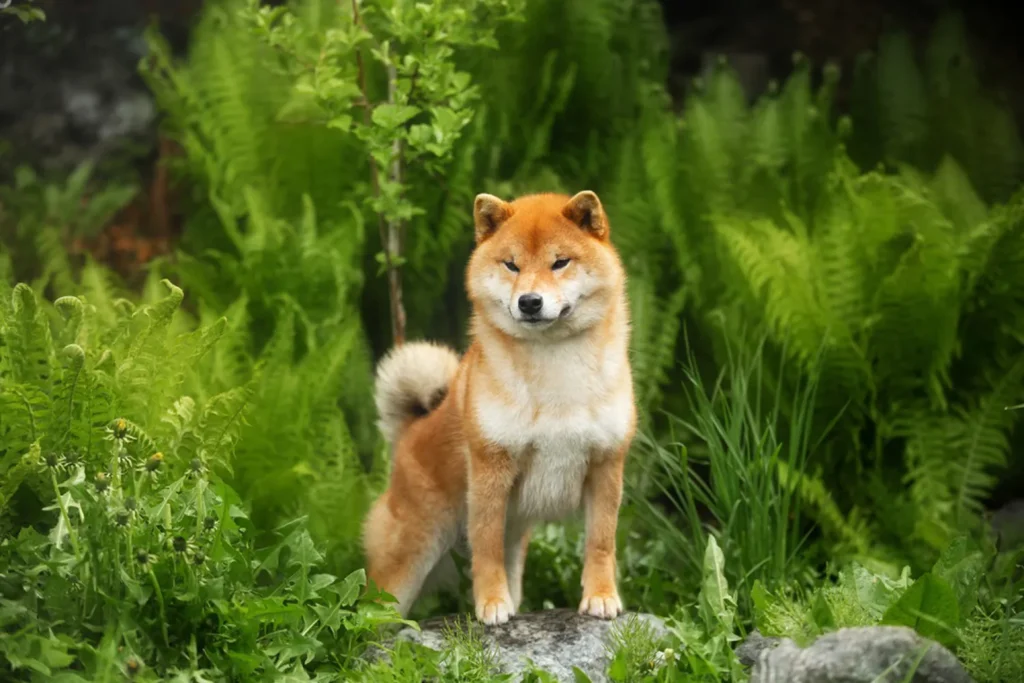
What Is a Shiba Inu?
The Shiba Inu is a small to medium hunting dog with a compact, athletic build and that signature curled tail that sits like a little cinnamon bun over the back. Their ears are small and pointed, always on alert, and their faces have that fox like expression that makes strangers on the street do a double take. I remember the first time I met a Shiba at the park she trotted past like she owned the place, tail curled high, looking both elegant and mischievous.
Their coats come in a lovely range of colors: red, sesame and red sesame (those beautiful red hairs tipped in black), black and tan, black sesame, and cream. On sunny days, a sesame coat practically shimmers. Thanks to a plush double coat, Shibas look extra cuddly year round though that cozy fluff comes with a bit of housekeeping. They shed moderately throughout the year and then “blow coat” heavily twice annually, usually in autumn and spring. One time I brushed a friend’s Shiba during spring shed and filled an entire grocery bag with undercoat fluff. It was like a magic trick.
Practical tip: keep a slicker brush or deshedding rake handy and make brushing a weekly habit. When shedding season hits, bump it up to daily for a week or two. A warm bath can help loosen the undercoat, just be sure to dry thoroughly. Lint rollers, a good vacuum, and a sense of humor will go a long way. The payoff is a clean, shiny coat and a very content Shiba.
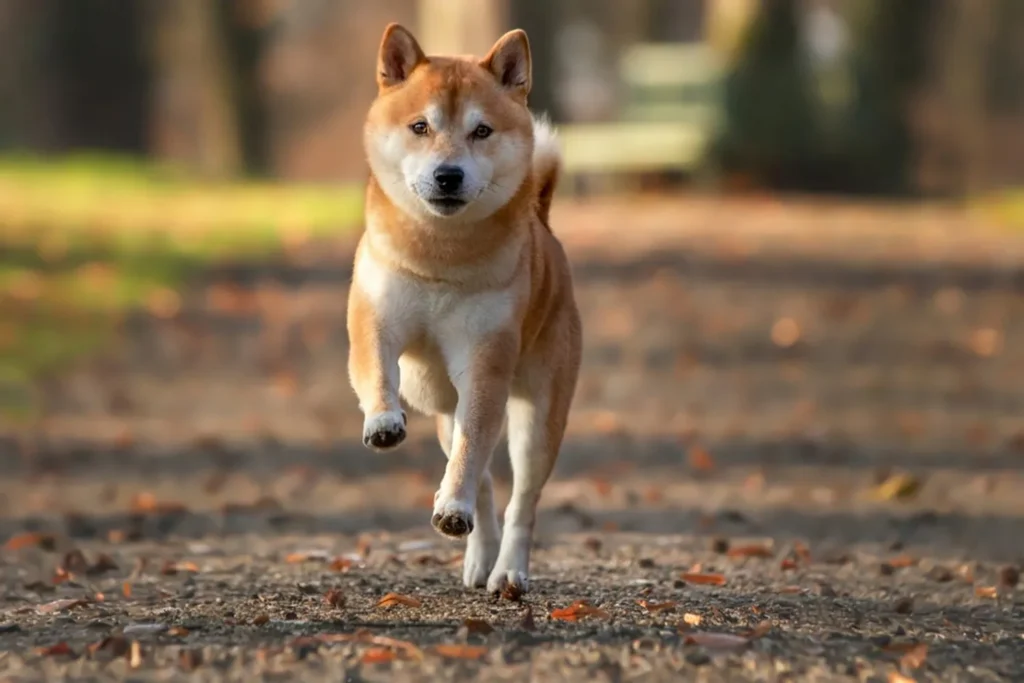
Who Is a Shiba Inu Best For?
Shiba Inu can absolutely be wonderful family dogs, but they’re not plug and play pets. They’re whip smart, independent, and a little bit stubborn in the funniest, most exasperating way. Training a Shiba feels less like “telling” and more like “negotiating.” When I dog sat a friend’s Shiba for a week, I learned fast that “sit” worked best when paired with high value treats and a bit of humor. Short, upbeat sessions and clear boundaries go a long way. Because of that independent streak, I usually don’t recommend a Shiba as someone’s very first dog.
Early, thoughtful socialization is non negotiable. Without it, many Shibas can be pushy with other dogs and a little too interested in small animals. If you don’t already have pets, great this breed often thrives as the solo star. If you do, plan on very slow introductions and management tools like baby gates. As for kids, they tend to do best with older children who can respect a dog’s space. I once watched a Shiba calmly remove herself to a “safe spot” when the neighbor’s toddler got grabby that kind of respectful retreat is ideal, but supervision and teaching kids gentle handling is key.
Activity wise, they’re made for adventure. Bred for rugged terrain, Shibas shine in active homes that enjoy hiking, brisk walks, and weekend exploring. Keep them leashed or in a securely fenced yard recall can be… optional when a squirrel appears. I’ve seen a Shiba pivot from angel to escape artist in under a second. Mix in puzzle toys and training games to keep that quick mind happy, and expect to invest time and affection daily.
In short, a Shiba Inu suits patient, experienced owners who appreciate a clever, independent companion and an active lifestyle. If you like a challenge with a big payoff, this fox like friend might be your perfect match.
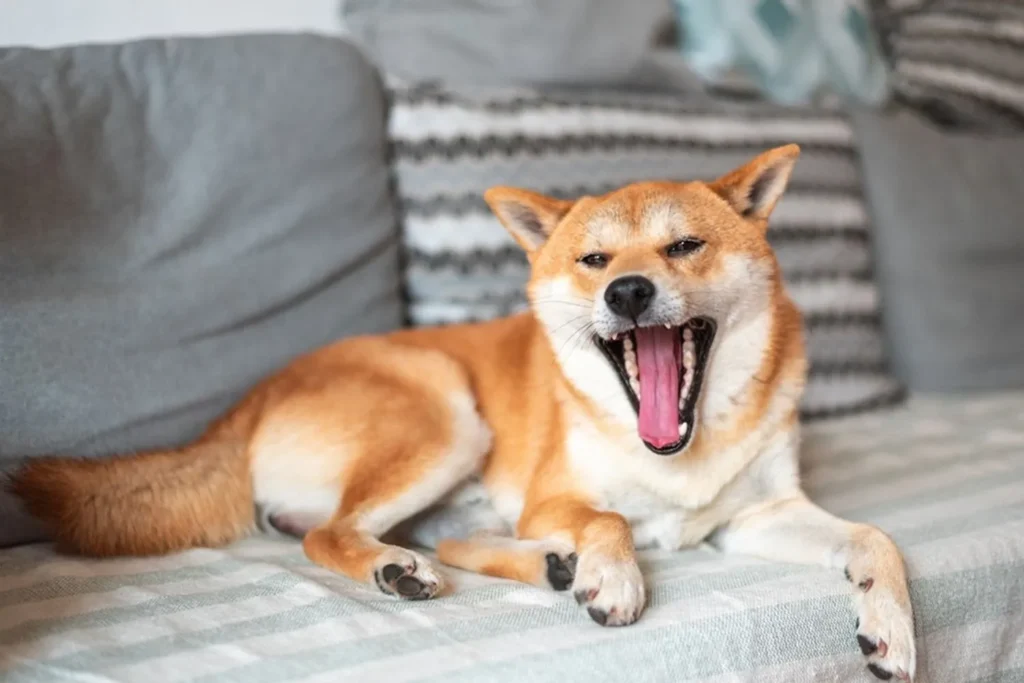
Shiba Inu Grooming & Shedding
Shibas shed, and they’re pretty good at keeping themselves tidy, so most owners won’t need a regular standing appointment with a professional groomer. Day to day, a weekly brush and quick clean up will keep that foxy coat looking sharp, and a proper bath every 4-6 weeks is a good rhythm just don’t stretch it beyond six. Mine acts like a cat about cleanliness, but trust me, that double coat can hide a lot.
Because they have a thick double coat, washing and drying the right way really matters. Before a bath, I always do a thorough brush out to remove loose hairs. Use a gentle dog shampoo, lukewarm water, and rinse until the water runs clear. After towel drying, I use a dryer on a cool or low setting while brushing to make sure the undercoat dries fully especially behind the ears, under the chest, and around the rump. Damp undercoat can get funky fast. And don’t shave a Shiba’s double coat; it protects them in both hot and cold weather.
For brushing tools, I’ve had the best luck with a slicker brush for the topcoat and an undercoat rake when things get serious. During “blowout” season, those spring and autumn weeks when they swap coats, I brush daily. One time in October, I swear I collected enough fur to knit a sweater tiny tumbleweeds rolled across my living room. A rubber grooming glove helps around sensitive spots, and a lint roller in the car is a sanity saver.
Shibas do shed year round from both the inner and outer coat, but expect the heavy shedding to hit in autumn as the winter coat fills in and again in spring for summer. Add nail trims every couple of weeks, a quick ear check, and regular teeth brushing, and you’ve got the whole routine. If the seasonal shed overwhelms you, a one off professional de shedding bath can be a nice reset then you’re back to easy home care.
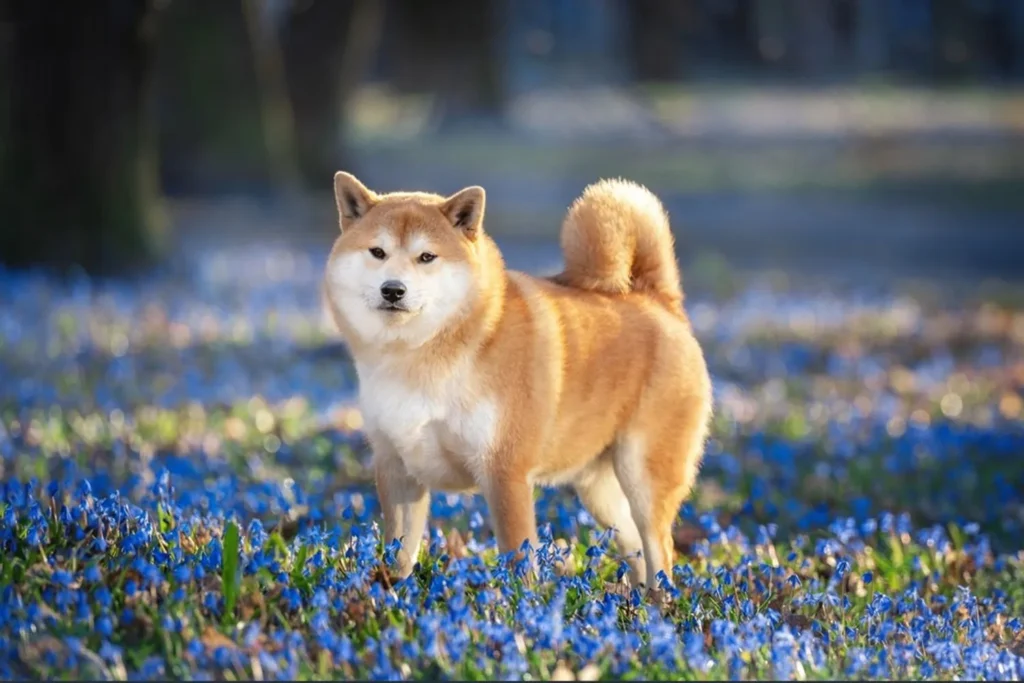
Do Shiba Inus Bark a Lot?
Shibas aren’t the yappy, nonstop commentators you sometimes get with tiny toy breeds. Most of the time, they’re surprisingly reserved, which is a big win if you live in an apartment with thin walls. The Shibas I’ve known save their voices for moments that matter an unexpected knock at the door, a squirrel taunting them from the fence, or a burst of pure excitement when you grab the leash. Think of them as minimalists: less chatter, more statement pieces.
That said, they do have a flair for dramatic sound effects. Many will give a dignified “woof,” but you might also hear a howl at passing sirens or during a high energy play session. And then there’s the famous Shiba scream yes, it’s real, and yes, it’s exactly as intense as it sounds. The first time I trimmed a Shiba’s nails, you’d have thought I was auditioning for a horror film. Nothing was wrong; he was simply voicing his disapproval with gusto.
A few tips from experience: teach a “quiet” cue early and reward calm behavior before your dog revs up. Keep them mentally busy with puzzle toys and daily exercise so excitement doesn’t spill over into barking. For nail trims and vet visits, go slow, pair the handling with high value treats, and keep sessions short; a lick mat with peanut butter worked wonders for my friend’s Shiba. And remember, don’t scold the scream breathe, laugh a little, and train the moment. With consistent practice, you’ll have a mostly quiet companion who speaks up only when it counts.
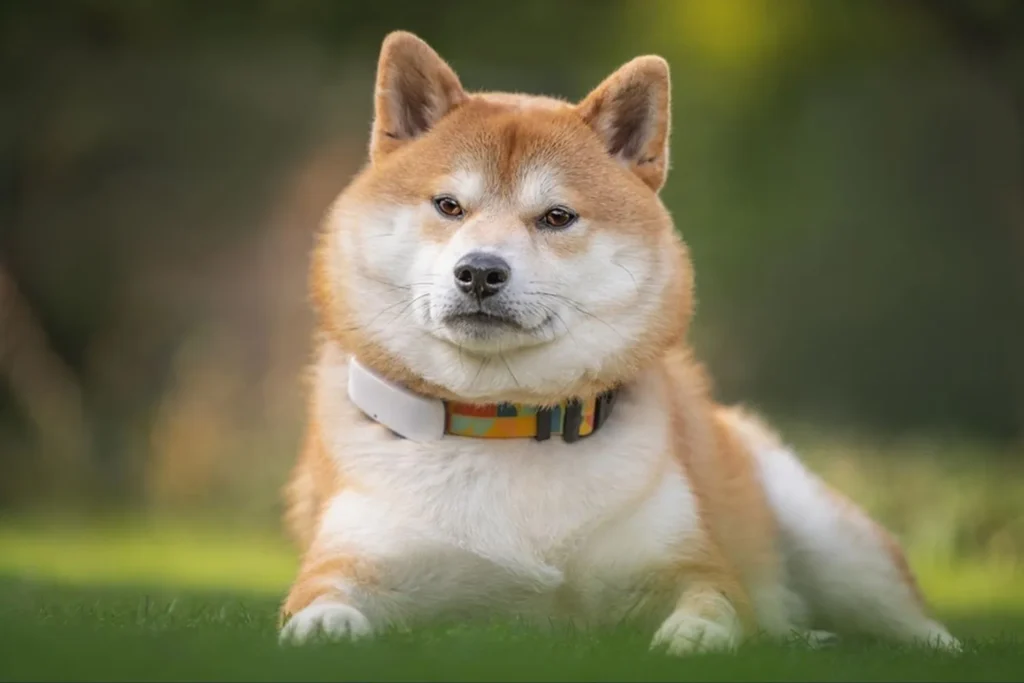
Average Weight and Height of a Shiba Inu
Shibas grow fast in spirit and a little more slowly in size. Most reach their full adult build in about a year, though some take up to 18 months to really fill out. Mine shot up in height first and then went through a few “skinny teenager” phases before settling into that sturdy, fox like shape. Don’t be surprised by growth spurts one week the collar fits, the next week it’s mysteriously snug.
For height, expect males to stand about 35 to 43 cm at the shoulder, and females around 33 to 40 cm. If you’re measuring at home, do the “book and wall” trick: have your Shiba stand on level ground, place a flat book on the top of the shoulders (the withers), mark the wall, and measure from the floor. I used to compare my pup to the coffee table highly scientific, I know but the book method is much more accurate. https://en.wikipedia.org/wiki/Shiba_Inu
Weight wise, a Shiba Inu puppy typically weighs around 1.5 to 3 kg at one month, and then adds roughly 0.5 to 1 kg each month as they grow. By adulthood, males usually land between 8 and 10.5 kg, and females between 7 and 8 kg. For anyone who thinks in pounds, that’s roughly 18-23 lbs for males and 15-18 lbs for females. These are averages, not strict rules. My friend’s Shiba hovered below the chart for months, then had a sudden catch up stretch and ended up perfectly healthy.
A few tips from the trenches: monthly weigh ins help if your dog won’t sit on a scale, pick them up and subtract your weight. Fluff can be deceiving, so go by body condition: you should feel (but not see) the ribs, and there should be a nice waist tuck when viewed from the side. Keep meals consistent, watch the treats, and let your vet know if your pup falls well outside these ranges or changes rapidly. Most of all, enjoy the ride. The puppy to adult journey goes by fast, and every Shiba takes it at their own pace.
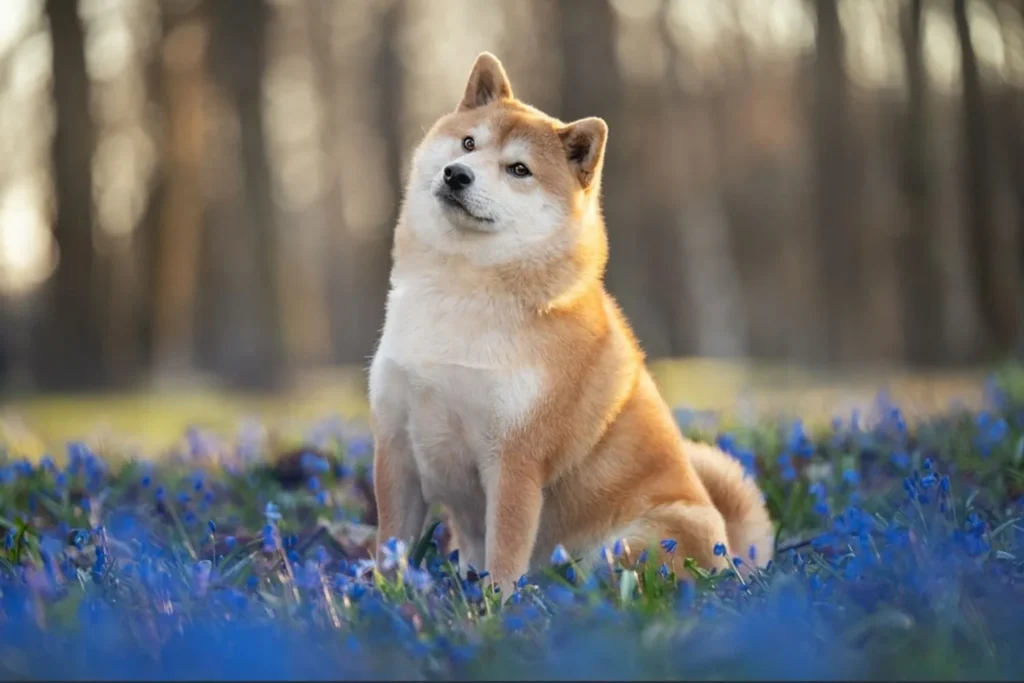
Are Shiba Inus Easy to Train?
Short answer: not really but it’s absolutely doable with the right approach. Shiba Inu puppies need thoughtful, early socialization to prevent reactive or destructive habits later on. When mine was a pup, I’d take a pocketful of tiny treats and head out to meet the world: buses hissing at the curb, people with umbrellas, calm adult dogs, even the clatter of shopping carts. Every curious glance and calm sniff got a reward. Those little moments add up.
Obedience training with Shibas isn’t a walk in the park. They’re clever, independent, and very good at deciding whether your request is worth their time. If you’re new to dog training, I’d honestly book a good puppy class and consider a session or two with a trainer who understands the breed. Keep sessions short and upbeat, use high value rewards (think chicken over kibble), and end on a win. I learned to cue once, then pause repeating myself just taught my Shiba that “sit, sit, sit” was optional background noise. They respect consistency and clear boundaries more than stern voices.
Recall is the big one. Shibas are infamous for slipping away if given the chance, and near roads that’s downright dangerous. Start recall games early name recognition, “chase me” with a happy tone and practice on a long line in safe spaces. I use a 10-15 meter line in open fields so they can zoom without disappearing. A friend’s Shiba once darted after a pigeon and popped a collar; now we double check harness fit and never trust off leash unless the area is fully secure.
Give their brains a job, too. Sniff walks, puzzle feeders, and short training bursts can take the edge off that mischievous spark. With patience, perseverance, and smart management, a Shiba won’t turn into a Labrador level pleaser but they can be wonderfully polite, responsive, and a lot of fun to live with.
How Do Shiba Inus Behave? Temperament and Personality
Shiba Inus are clever, loyal little dynamos with minds of their own. They bond deeply with their people and love being part of the routine, but they also have a streak of independence that’s pretty legendary. I remember the first Shiba I walked he’d sit perfectly, tilt his head like a philosopher, then decide whether my request was worth his time. Smart as a whip, just selective about when to show it.
That independence can read as stubbornness, and they can be territorial, too. A Shiba will happily alert you to anything unusual doorbells, delivery trucks, leaves that look suspicious. A breeder I spoke with in California once laughed and said, “You negotiate with a Shiba, you don’t command,” and that’s been spot on in my experience. With early training and clear, consistent boundaries, their temperament is wonderfully good natured. Keep sessions short, use high value treats, and celebrate small wins. Puzzle feeders, scent games, and brisk walks help channel that lively, alert energy.
Because they were bred with a strong hunting instinct, Shibas are best kept on a lead around other animals. I learned that the hard way when a friend’s Shiba spotted a squirrel and launched like a tiny rocket thank goodness for the long line. A secure yard is a must, and off leash time should be limited to well fenced areas. Socialize early, practice calm meet and greets, and teach solid impulse control. Do that, and you’ll have a bright, spirited companion who’s affectionate with family, polite in public, and always up for the next adventure on your terms, and theirs.
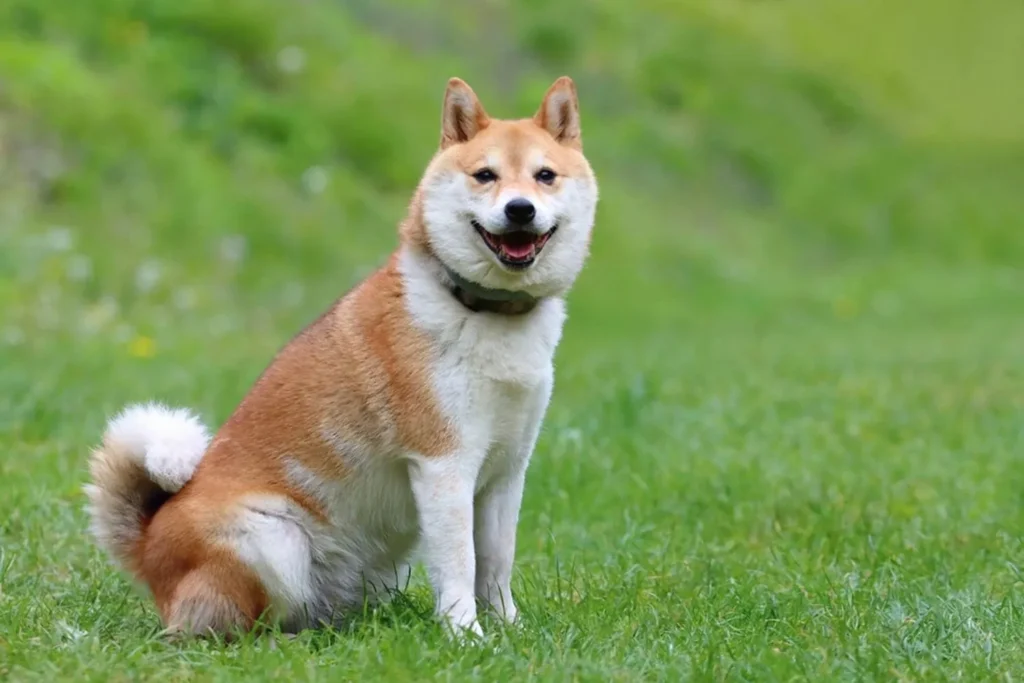
Do Shiba Inus Have Common Health Issues?
Shibas are generally sturdy little athletes, but like any purebred dog, they do have a few health quirks to watch for. Knowing the usual suspects makes life a lot easier you can catch things early, keep your pup comfortable, and avoid surprises. I always keep a simple “health notes” list in my phone for each dog: weird limps, eye gunk, appetite changes. It’s amazing how often that helps at vet visits.
Here are the conditions most often mentioned with Shiba Inus, in plain language:
– Hip dysplasia: The ball and socket of the hip don’t fit quite right, which can lead to pain and arthritis. Keeping your Shiba lean, using non slip rugs, and sticking to joint friendly exercise like controlled walks (and swimming if they’ll tolerate it!) can make a big difference. One of my friend’s Shibas perked up a ton after we added ramps to avoid jumping off the couch.
– Patellar luxation: A “popping” kneecap that can cause skipping steps or sudden lameness. Your vet can grade it during an exam. Avoid high impact jumping and slick floors; I learned the hard way that hallway zoomies on tile are not patella friendly.
– Eye issues (glaucoma, progressive retinal atrophy, cataracts): Shibas can be prone to several eye conditions. Glaucoma is an emergency painful, red eyes or sudden cloudiness need immediate vet care. PRA causes gradual vision loss; there’s no cure, but dogs adapt well with consistent furniture placement and night lights. Cataracts cloud the lens and can affect clarity. I do quick “eye checks” during cuddle time look for cloudiness, squinting, or excessive tearing.
– Hypothyroidism: A sluggish thyroid can cause weight gain, flaky skin, hair thinning, and low energy. A simple blood test confirms it, and medication usually has dogs feeling peppier within weeks. I’ve seen coats go from dull to plush just from getting thyroid levels right.
– Seizures: Episodes can range from brief staring spells to full body seizures. If it happens, stay calm, keep your dog safe from bumps, and time the event. A quick video on your phone helps your vet tremendously.
– Allergies: Food or environmental allergies can mean itchy paws, ear infections, and hot spots. My neighbor’s Shiba stopped chewing her feet after a switch to a salmon based diet and more frequent paw rinses during pollen season. Your vet can help you sort out triggers.
– Pyometra: A serious uterine infection in unspayed females think lethargy, fever, increased thirst, vaginal discharge, or just “not herself.” It’s life threatening and needs urgent care. Spaying prevents it.
– Chylothorax: A rarer condition where lymph fluid builds up in the chest, making breathing hard. If you notice coughing, rapid or labored breathing, or blue gums, get to the vet immediately.
A few proactive steps go a long way:
– Choose breeders who do health testing (hips, patellas, and regular eye exams are common for Shibas).
– Keep them at a healthy weight extra pounds are tough on joints and hormones.
– Schedule routine vet checkups; I like yearly exams for young adults and twice yearly for seniors, with baseline bloodwork.
– Nail trims, dental care, and sensible exercise keep everything running smoothly.
At the end of the day, most Shibas live active, happy lives. Give them good food, regular vet care, and a home set up for safety, and you’ll stack the odds in your favor for many goofy zoomies and long, snuggly years together.
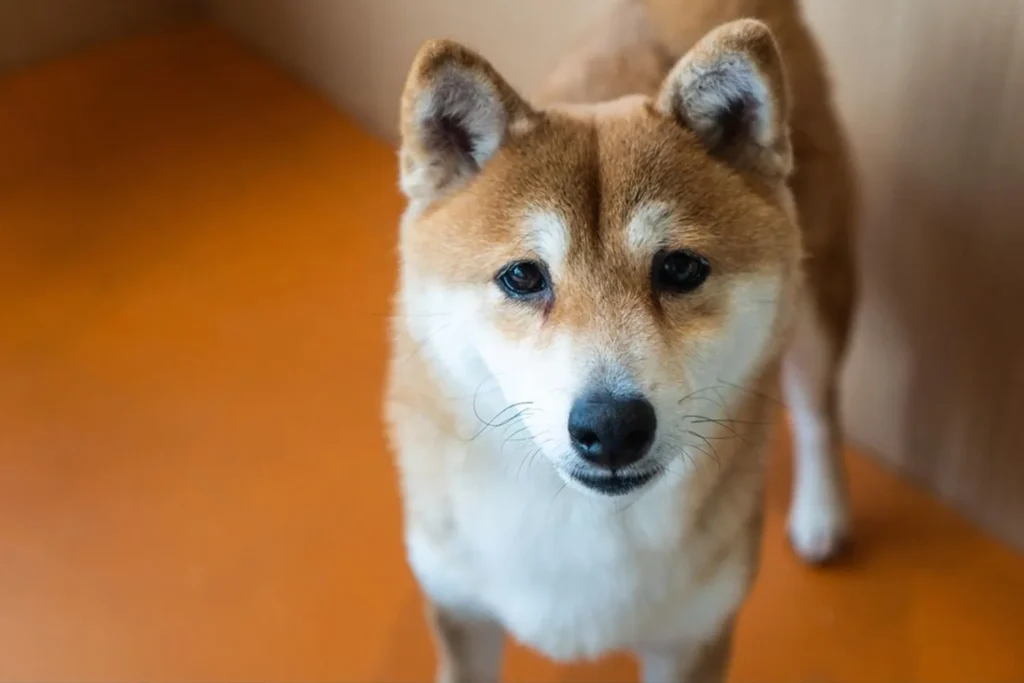
What Is the Lifespan of a Shiba Inu?
Most Shiba Inus live around 12 to 15 years, which is right in the sweet spot for small to medium breeds. With a little luck and a lot of good habits, many happily reach their mid teens. My first Shiba, Momo, made it to 15 and still insisted on supervising the neighborhood from her favorite sunny spot by the window.
The basics really do add up: a high-quality, balanced diet, regular exercise, and consistent vet care. I keep meals measured (no free feeding for these clever snack hunters) and stick to a routine two brisk walks a day plus a bit of play or a “sniffari” where they can follow their nose. Shibas aren’t always fetch fanatics, but they love a purposeful stroll, and that mental stimulation helps keep them sharp. Keep an eye on weight; you should feel ribs under a light layer, not have to go searching for them.
Yearly check ups are a must, and once they hit senior status around 7 or 8-I switch to twice a year with basic bloodwork. That’s how we caught a small issue early with Momo and kept her feeling spry. Don’t overlook dental care either; brushing a few times a week (or dental chews if brushing is a battle) can make a big difference over the years. Regular grooming helps too Shibas blow their coat seasonally, and keeping skin and coat in good shape supports overall health.
As they age, small comforts go a long way: a supportive bed, non slip rugs, and gentler, shorter walks. If you’re ever unsure about supplements like omega-3s or joint support, just ask your vet what’s right for your pup. With steady care and lots of love, your Shiba can enjoy a long, happy life by your side.
How Much Should a Shiba Inu Eat?
Feeding a Shiba Inu is a bit like packing snacks for an adventurous toddler enough fuel to keep them zippy, but not so much that they waddle. A healthy, balanced diet with the right protein and fat is key, especially in those growing months. Puppy foods are designed for that job; they’re higher in calories and loaded with nutrients to support bones, muscles, and organs as your little fox lookalike develops.
Portions really depend on your dog’s size and energy level. Start with the feeding guidelines on your chosen brand and check in with your vet to tailor it to your Shiba. I keep a measuring scoop by the food bin and adjust slightly on big adventure days versus lazy, rainy ones. Puppies usually do best with several small meals spread through the day, while adults settle nicely into two meals. Treats count, too on training heavy days, I shave a bit off dinner to balance things out.
As your Shiba grows, their portions will change, and so will their food. Around six months is a good time to talk to your vet about transitioning from puppy food to adult food. Make the switch gradually by mixing the new food in over several days so their stomach has time to adjust. I once rushed it and ended up with a pup and a very unfortunate case of soupy stools lesson learned.
Dry kibble, wet food, or raw what you feed often comes down to what agrees with your dog. Some Shibas have iron stomachs; others are surprisingly sensitive. If you notice an upset tummy, itchy skin, or dull coat, talk to your vet about trying a different formula or protein. My friend’s Shiba couldn’t handle chicken but thrived on salmon. Keep an eye on body condition, too you should be able to feel ribs without poking and see a nice waist from above. And no matter what’s in the bowl, fresh water is non negotiable.
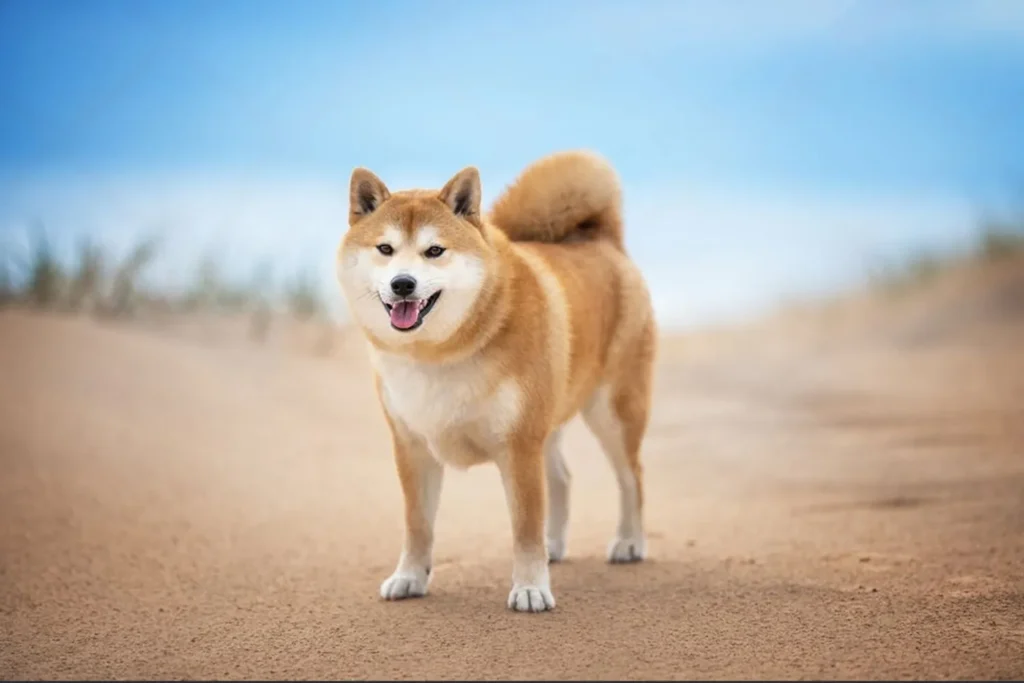
Shiba Inu FAQs
Are Shiba Inus good as companion dogs?
Absolutely. Shibas are famously loyal and affectionate in their own unique, sometimes understated way. They’re not always lap dogs, but they are shadow dogs happy to follow you from room to room, curl up near your feet, and keep quiet company. Once a Shiba decides you’re “their person,” that devotion runs deep. My neighbor’s Shiba, Nori, isn’t big on cuddles, but she’ll lean against your leg with a contented sigh that says everything. Expect a smart, independent spirit wrapped in a fox like grin, with bursts of playful mischief that keep life interesting.
Will a Shiba puppy require a lot of training compared with other dogs?
More than many, yes. Shibas are notorious for their stubborn streak and can be a tough match for first time dog owners. They’re brilliant, but they like to make up their own minds. If you’re patient, consistent, and start early, though, you’ll discover a dog who respects clear boundaries and thrives on fair, positive training. Keep sessions short and fun, use high value treats, and avoid drilling the same cue over and over Shibas get bored and check out. I used to joke that my friend’s Shiba was a teenager in a fox suit: bargain, don’t nag, and celebrate the wins. Consider a trainer who understands independent breeds, and lean into enrichment puzzle toys, scent games, and structured walks can work wonders.
How do I housebreak my Shiba Inu puppy?
Housebreaking is all about routine and perseverance. Take your puppy to the same outdoor spot regularly first thing in the morning, after meals, after naps and play, and right before bed. Use a simple cue like “go potty,” stand quietly, and wait until they finish. Then pour on the praise and give a treat so they know they nailed it. A crate can help build a schedule and prevent accidents between trips. I kept a tiny potty log for the first week with my foster Shiba; by day four, she was trotting to the same patch of grass on cue like a pro.
If there’s an accident, clean thoroughly with an enzymatic cleaner and skip the scolding punishment only confuses puppies. Consistency is your best friend: same door, same spot, same cue, same reward. It’s not glamorous, but it works.
How do I find a good Shiba Inu breeder?
Start with your national breed club and ask for breeder referrals and registration details. Responsible breeders prioritize health, temperament, and ethical practices. They’re happy to answer questions and ask you plenty in return they want their puppies in the right homes.
When you talk to a breeder, ask about health testing (common screenings include hips, patellas, and eyes), how they socialize puppies, and what support they offer after you bring your pup home. Visiting in person is ideal: meet the adult dogs, look for clean, thoughtful setups, and notice how confident and curious the puppies seem. Expect waitlists; great breeders rarely have “ready now” litters year round. Red flags include pressure to pay quickly, reluctance to share paperwork, and not allowing you to meet the dogs. And if timing or budget is tricky, check Shiba rescue groups through the breed club there are wonderful adults out there waiting for a second chance.
Disclaimer:
This article is for informational purposes only and doesn’t replace professional veterinary or training advice. Always consult a certified vet or dog trainer for guidance specific to your pup.
